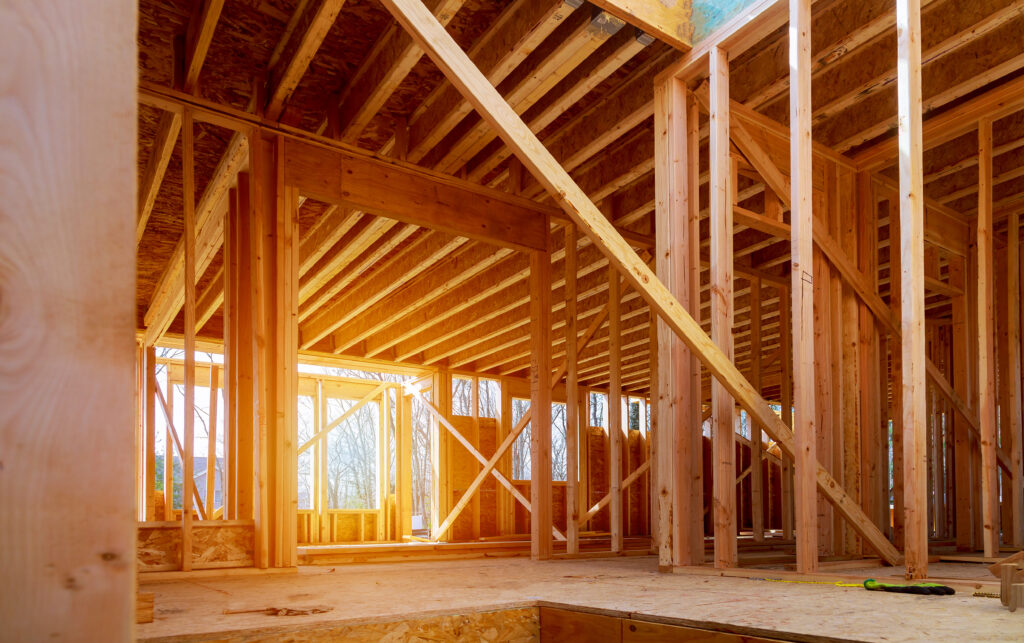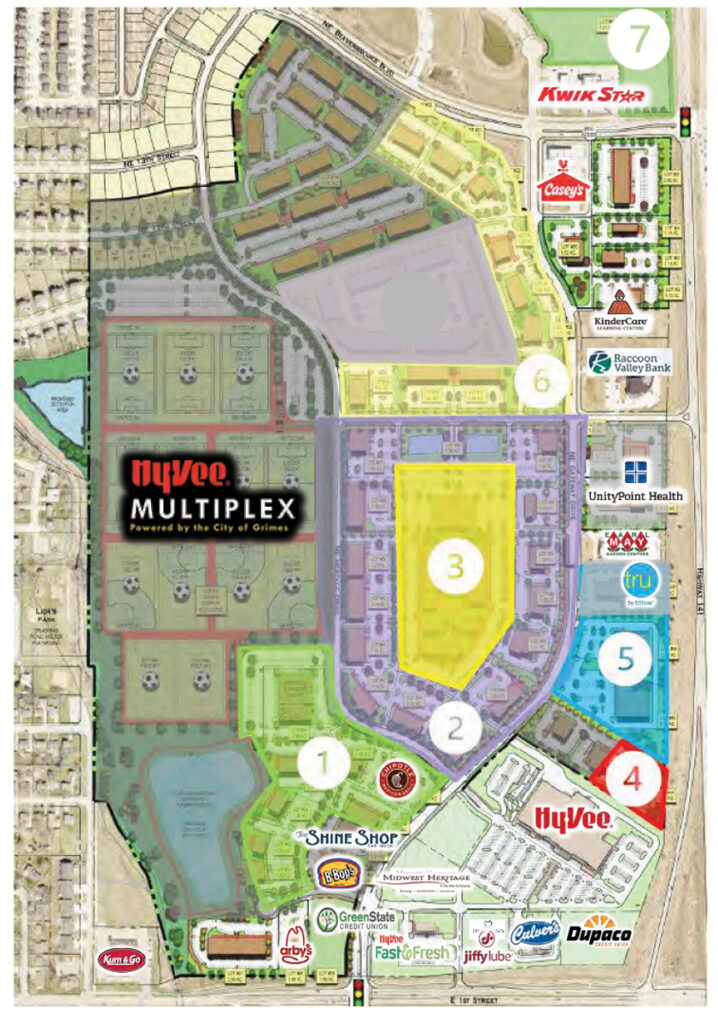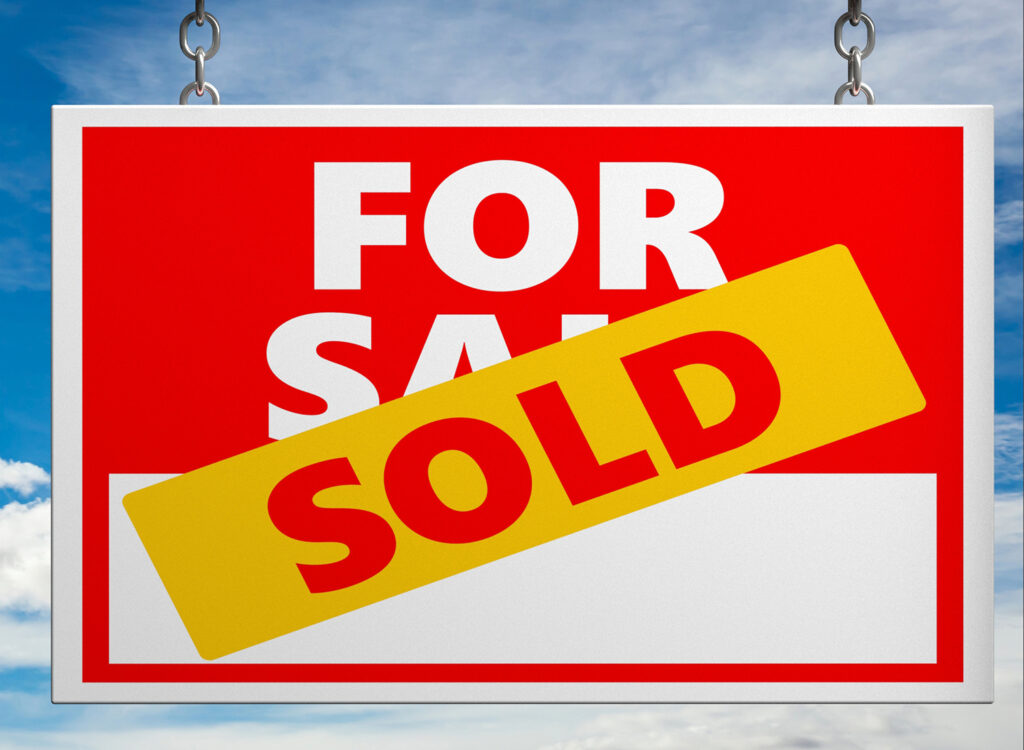Property tax reform is a top goal … again
Once again, lawmakers believe they can get to a solution

.floatimg-left-hort { float:left; } .floatimg-left-caption-hort { float:left; margin-bottom:10px; width:300px; margin-right:10px; clear:left;} .floatimg-left-vert { float:left; margin-top:10px; margin-right:15px; width:200px;} .floatimg-left-caption-vert { float:left; margin-right:10px; margin-bottom:10px; font-size: 12px; width:200px;} .floatimg-right-hort { float:right; margin-top:10px; margin-left:10px; margin-bottom:10px; width: 300px;} .floatimg-right-caption-hort { float:left; margin-right:10px; margin-bottom:10px; width: 300px; font-size: 12px; } .floatimg-right-vert { float:right; margin-top:10px; margin-left:10px; margin-bottom:10px; width: 200px;} .floatimg-right-caption-vert { float:left; margin-right:10px; margin-bottom:10px; width: 200px; font-size: 12px; } .floatimgright-sidebar { float:right; margin-top:10px; margin-left:10px; margin-bottom:10px; width: 200px; border-top-style: double; border-top-color: black; border-bottom-style: double; border-bottom-color: black;} .floatimgright-sidebar p { line-height: 115%; text-indent: 10px; } .floatimgright-sidebar h4 { font-variant:small-caps; } .pullquote { float:right; margin-top:10px; margin-left:10px; margin-bottom:10px; width: 150px; background: url(http://www.dmbusinessdaily.com/DAILY/editorial/extras/closequote.gif) no-repeat bottom right !important ; line-height: 150%; font-size: 125%; border-top: 1px solid; border-bottom: 1px solid;} .floatvidleft { float:left; margin-bottom:10px; width:325px; margin-right:10px; clear:left;} .floatvidright { float:right; margin-bottom:10px; width:325px; margin-right:10px; clear:left;}
A strong argument could be made that Iowa lawmakers should focus their energies on budget and tax issues, call it 110 days and bid Des Moines adieu.
It doesn’t always work out that way, but Republican House Speaker Kraig Paulsen is focused on that kind of timetable and a tax reform agenda when the 85th General Assembly convenes Jan. 14.
So, if the schedule goes as planned, lawmakers could call it a session in early May and go home with a couple of tax bills under their belts, at the least, and a state budget that doesn’t leave Iowans paying more in taxes than when lawmakers arrived at the State Capital.
Commercial property taxes are certain to be a focus this session, after efforts spanning four decades have failed to come up with a way to lower taxes on commercial properties without raising the toll on owners of residential and agricultural property.
Democrats and Republicans – not to mention those on the outside of the statehouse who had a keen interest in the issue – came to Des Moines a year ago convinced that they would find compromise on commercial property taxes.
“The best economic development program we could have is a more competitive tax environment,” said Sharon Presnall, senior vice president with the Iowa Bankers Association.
The issue, one that Gov. Terry Branstad repeatedly says stifles economic growth, is that owners of commercial and industrial sites pay taxes that are based on the full assessed value of their properties.
Branstad and fellow Republicans proposed plans last year that would have dropped taxable value to 60 percent of assessed value over several years – each plan had a different schedule. The plans didn’t get a vote in the Senate, where Democrats wanted to exempt the first $750,000 of assessed value and tax the balance at 100 percent.
Both parties had schemes in place to protect the revenue that would have disappeared from municipal coffers due to the loss of commercial property tax dollars. And both sides said their goal was to protect homeowners from seeing a dramatic increase in their property taxes as a result of the reduction in commercial taxes.
Republicans believe that local governments should reign in spending if the dollars aren’t coming in. Democrats said it was unreasonable to expect municipalities to shoulder the burden of a drop in commercial property tax revenue.
“I don’t believe it is a zero sum game,” Paulsen said.
Senate President Michael Gronstal sees things a little differently.
“Our line in the sand is we believe we have to reimburse local governments for the taxing authority we take away from them or else there is a guaranteed shift to residential,” he said. “We’re not going to shift taxes to residential so we can do something on commercial. That’s where we fell apart last year.”
On the other hand, both sides say it would be nice let bygones be bygones and get down to finding a commercial tax solution.
“I’m happy to stand up and defend the bills that House Republicans have passed,” Paulsen said. “But I don’t think that moves the ball down the field.”
During the 2012 campaigns, Paulsen said he heard a lot of Democrats who were running for House seats talk about their desire to get a deal done on commercial property taxes.
Sen. Jack Hatch of Des Moines, one of two Democrat votes that killed a commercial property tax bill last session in the Senate, said he has a plan in hand that will bring the two sides together.
There are plenty of observers who are anxious to find a compromise.
Gretchen Tegeler, executive director of the Taxpayers Association of Central Iowa, thinks there is a good chance a deal will be struck this year, if for no other reason than the fact that Democrats and Republicans have other tax issues that they are interested in and that could be used as bargaining chips.
Tegeler, a former chief of staff for Branstad, is an advocate for reform. She points out that given current tax law, bills for residential property taxpayers are going to climb steadily for the next several years.
Part of that is because state law sets a 4 percent limit on the total growth of statewide taxable value every year.
“We’re in this period where the statewide limit is a misnomer; it’s not a limit, it’s a requirement,” she said.
Proposals last year would have cut the limit to 2 percent. Tegeler said even 3 percent would be acceptable.
In addition, the rollback on residential property is steadily rolling upward. Last year, homeowners paid taxes on nearly 51 percent of the assessed value of their property. This year, that figure moves to 52.8 percent and is estimated to reach 62 percent by 2020.
“The truth is that cities are going to have so much additional taxable capacity that they will generate a lot of property tax revenue … they could absorb some reduction in the commercial base without being unduly impacted,” Tegeler said.
Presnall said it is important to determine the “cost drivers” in municipal budgets and determine how to get those under control.
A solution should be in reach, she said.
“It’s not that complicated, it’s just hard,” Presnall said










